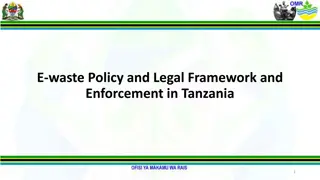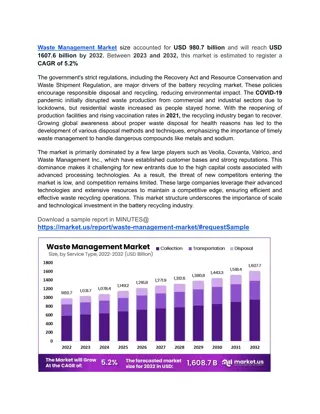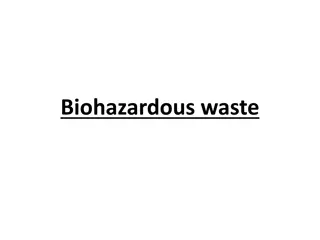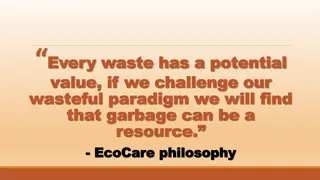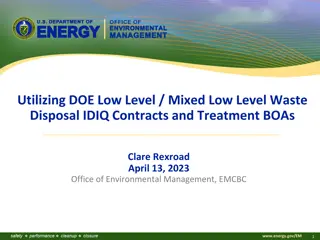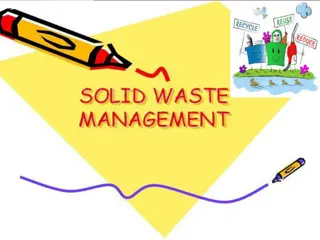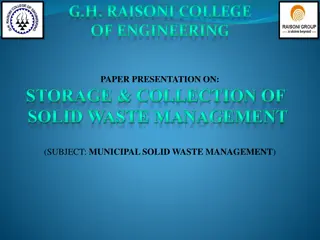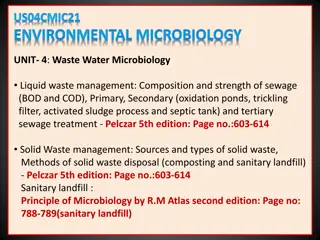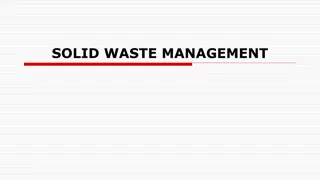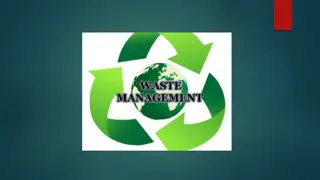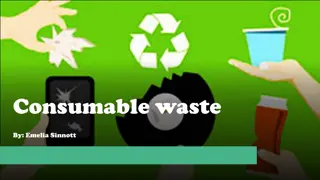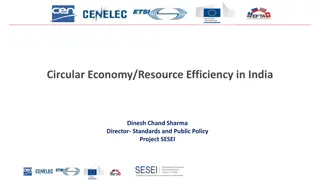Understanding the Impact of E-Waste on the Environment
E-Waste poses a significant threat to the environment and human health due to its toxic chemical components. In 2019 alone, 53.6 million metric tonnes of E-Waste were generated, equivalent to the weight of 11.8 million elephants. The rapid growth of technology is expected to further exacerbate this issue, with projections indicating a 50% increase in E-Waste production by 2030. Proper management and awareness are crucial in addressing the environmental and health hazards associated with E-Waste.
Download Presentation

Please find below an Image/Link to download the presentation.
The content on the website is provided AS IS for your information and personal use only. It may not be sold, licensed, or shared on other websites without obtaining consent from the author. Download presentation by click this link. If you encounter any issues during the download, it is possible that the publisher has removed the file from their server.
E N D
Presentation Transcript
LAUNCH Project Toolkits E-Waste TOOLKIT
LAUNCH Project Toolkits GRADESOFGREEN.ORG In addition to the environmental impacts that E-Waste has through its chemical components, there is a significant amount of it generated. In fact, 53.6 million metric tonnes of E- Waste was produced in 2019 alone. That equates to the weight of 11.8 million elephants.
LAUNCH Project Toolkits GRADESOFGREEN.ORG While normal waste has a major impact on the environment, E-Waste harms ecosystems due to its chemical composition. E-waste is a health and environmental hazard, containing toxic additives or hazardous substances such as mercury, which damages the human brain and/or coordination system.
LAUNCH Project Toolkits GRADESOFGREEN.ORG With the rapid growth of technology use across the world, the magnitude of E-Waste is likely to grow. Some predict that E-Waste is projected to grow up to 74.7 million metric tonnes by 2030. That is roughly a 50% increase from 2019 statistics.




